Interview: Zona Maco Founder Zélika García
Insight on the twenty years of developments that have led to the acclaimed art fair’s 2024 edition
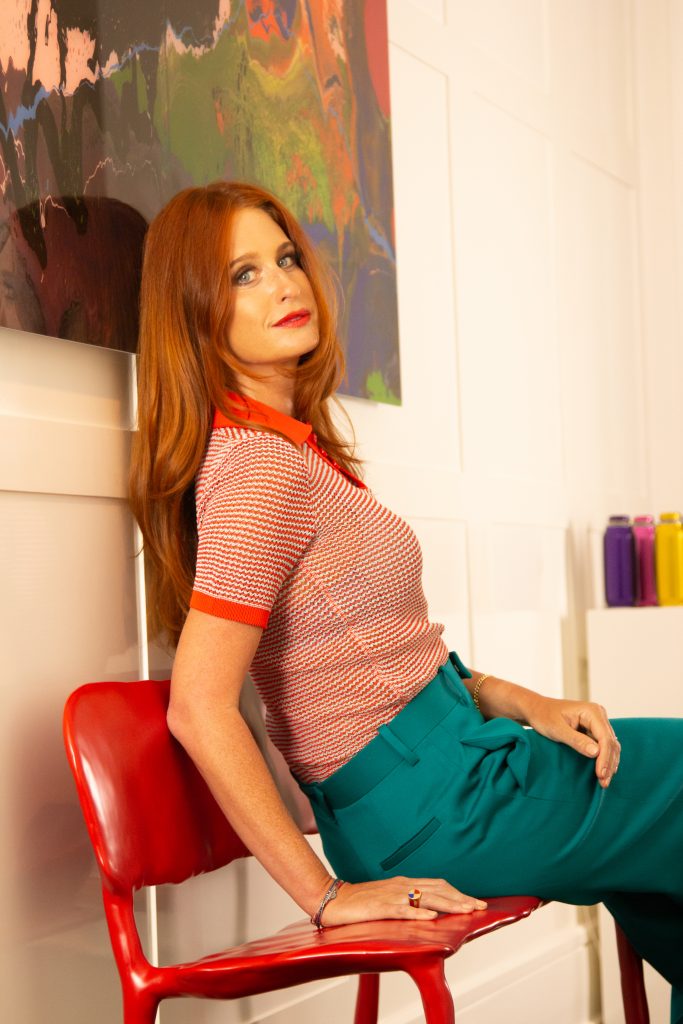
As international artists, art collectors and gallerists arrive to Mexico City for the 2024 edition of Latin America’s leading art fair, Zona Maco, they’ll continue a cultural conversation that began when one artist asked one question more than twenty years ago. Upon her graduation from the University of Monterrey, with a degree in the arts, Zélika García wanted to know why Mexico no longer had an international art fair. Refusing to accept the answer she commonly received—that there wasn’t a market—she founded her own. What began as Muestra in Monterrey transformed into Mexico City’s Zona Maco. Over the last two decades, García has established Zona Maco as an inspiring stop on the annual arts calendar and introduced the world to the strength of Mexican and Latin American art, artists and galleries. To learn more about the exponential growth of the fair, the Mexican contemporary art scene, surprises from the 2024 edition and her dreams for the future, we sat down with García for further insight.

Looking back, twenty years in, can you share your path from artist to art fair founder?
It wasn’t planned. I was really happy producing art. That’s why I visited Guadalajara Art Fair, to go see the galleries and to go to the program and the talks. That art fair opened my eyes to a new world. It was the first international fair I ever visited. After I graduated college and after I just had a baby, I tried to go back to the Guadalajara Art Fair but I heard that it closed. I kept asking why there were no other international art fairs in Mexico. No one believed that people would buy art in Mexico. So, I tried to start my own.
I started Muestra en Maco México Arte Contemporáneo in Monterrey. It was a success, though most of those galleries were from Mexico, with maybe one from London and another from New York. We then moved to Mexico City. I had met Pablo del Val, who is now artistic director of Art Dubai. He started helping us with our VIP program and later became our artistic director. The fair got a selection committee. We hired curators to help with the overall vision. We changed the name to Zona Maco to make it an official art fair and not just an experiment. That’s how it all began in 2004.

Why is it important to showcase international art alongside work by Mexican artists? Are both integral to your vision?
We have such an interesting art scene in Mexico. We have for many, many years. We also have all these museums and private collections. There are so many galleries, too. These galleries have changed our culture. Some, which are no longer around any longer, started in the 1950s. Some were the first to show Frida Kahlo and Diego Rivera and all of the artists that are now famous around the world. I
t’s important to support the local Mexican galleries—but I also know that international collectors who go to art fairs love to see international galleries and international art. A lot of these collectors are also interested in seeing Mexican artists that they cannot see elsewhere. Some of our galleries only show at Zona Maco. It’s a good mix for our visitors.

The world is looking toward Mexico for cultural guidance and inspiration—from food and drink to art and design. Have you observed this change—where the world once overlooked Mexico and now all eyes are on Mexican culture?
A few people—collectors, and galleries—have been with Zona Maco since the beginning, all twenty years. But more and more attention has come to Mexico and the fair. I think it has to do with the platform that the fair created, where Mexican galleries started building relationships with international galleries and curators. This has allowed Mexican artists to present in other art fairs and museums around the world. Our own galleries started to bring international artists to Mexico for residencies and projects.
A lot of artists have also moved to Mexico. International galleries who have been working with us for years have also opened spaces up in Mexico. This has meant that Mexican galleries have had to improve because there’s more competition. The big Mexican galleries, the spaces that visitors tour now, they didn’t exist seven or 10 years ago. These are recent developments. The art was always good, but having a proper space to exhibit the art lets the artist present bigger and better projects.

Can visitors expect something different for the 2024 Zona Maco?
Every year we try to do something different. In 2021, we couldn’t do the fair at the convention center so we presented Zona Maco art week in different galleries and smaller venues and design spaces around Mexico City. We had one location where everyone could get together because it was an outdoor space, Casa Ortega, a house by architect Luis Barragan. We invited different artists to collaborate in the outdoor garden.
Last year, we created Art Baja California and we did the Zona Maco Patio to try to repeat the success of the outdoor exhibition we organized in 2021. A project we planned for this year with the artistic director of Zona Maco, Direlia Lazo, is called Forma. It is inspired by Patio. Direlia invited the galleries that have participated in most editions of the fair to install special interventions and site-specific works inside the fair, not in booths but hanging from the ceiling or hiding somewhere or right in the middle of everything. They were either made for the fair or will be exhibited in Mexico for the first time. This will be a surprise for viewers. We are also working with Cuervo—1800 Tequila has been our sponsor for 20 years. They give an award every year, where they acquire a piece from new artist. They are doing a special exhibition inside the fair to showcase some of the works that they’ve bought over the years. Some of those unknown artists that they acquired 18 years ago are very well known today.

What are your goals 20 years in? Or is there a new dream for the fair?
When I started Zona Maco, I did not imagine it would grow so much—but it did. After the early success of the art fair, we started to see a need for design. We created another fair, Zona Maco Design. A few years later, we had all the antique galleries in Mexico looking to join, so we created another fair dedicated to antiques. Finally, we debuted the photography fair. We now have four fairs simultaneously in the convention center, separate and yet in the same space. We want to maintain the quality. We do not want to make a bigger fair, we want to make a better fair.

Would you bring Zona Maco to another city in the way that other fairs have multiple locations?
As of now, I’m not interested in doing the fair somewhere else. I think there are enough art fairs. We need to focus on making this one better than ever, but not do more. Art Baja California is a new idea. It’s not an art fair. It’s a festival. There are different galleries and different artists. It’s fresh. I feel like we are producing it like how I began Zona Maco in Mexico City 20 years ago. It will take more than a few years but I believe it can become very important for the local community, the Baja California community, where there are already so many local artists and visitors.

Is there guidance you’d offer to someone visiting Zona Maco for the first time?
I would plan to spend an entire day there. We have 15 restaurants inside the fair because we are in a city with so much traffic that leaving for lunch is too crazy. To make it fun, we will have DJs on the terrace. There is tequila and champagne. I would also attend as many gallery openings around Mexico City as possible because they’ve planned so many special events. They’ve been working on them for a year. All the spaces are so different. You could drive to San Miguel Chapultepec and walk to all of the galleries. Then go to Condesa and walk. On another day, I would go to all the museums. We have so many important museums—Tamayo, Jumex, Artes, the Museum of Modern Art, Anthropology, MUAC. It’s endless.

Is there anything about the fair that people might not know that you hope they’ll pay attention to?
We have a selection committee in the main section with all of the galleries. Each of the rest of the sections have a dedicated curator. Looking at these sections is not just looking at the galleries within, but it’s having the opportunity to see 20 or 40 artists in one section that have been chosen by one person who has dedicated a lot of time to together one vision. It’s like going to a museum show but in booths throughout a fair. It’s particular interesting in the young artist section. You have a preselected body of work by a renowned curator who is putting this in front of you—and then you have the opportunity to buy it.




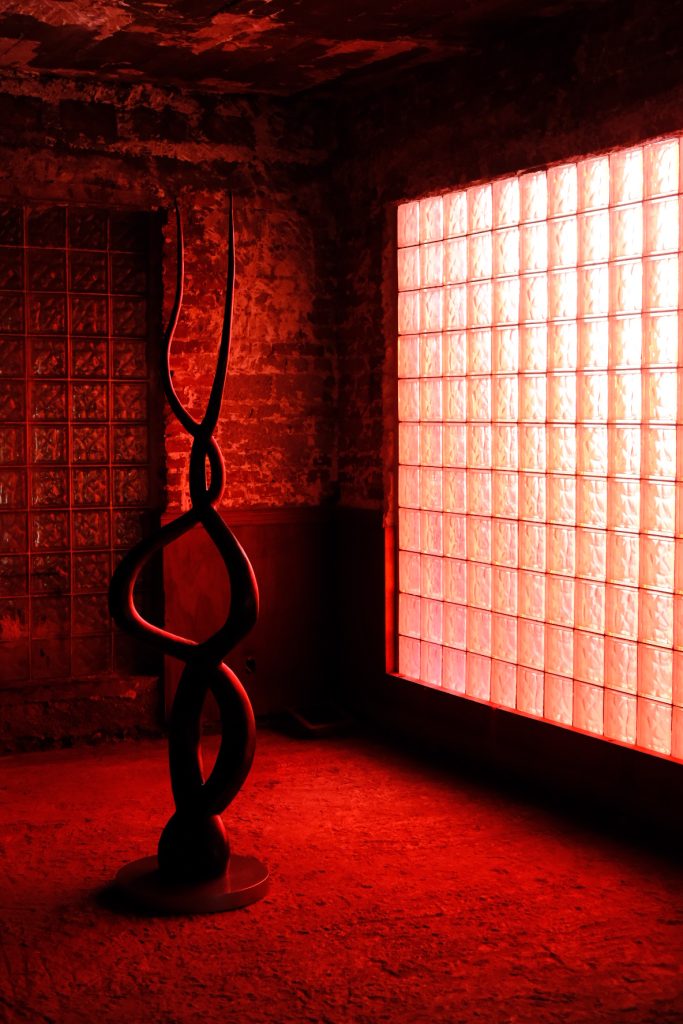
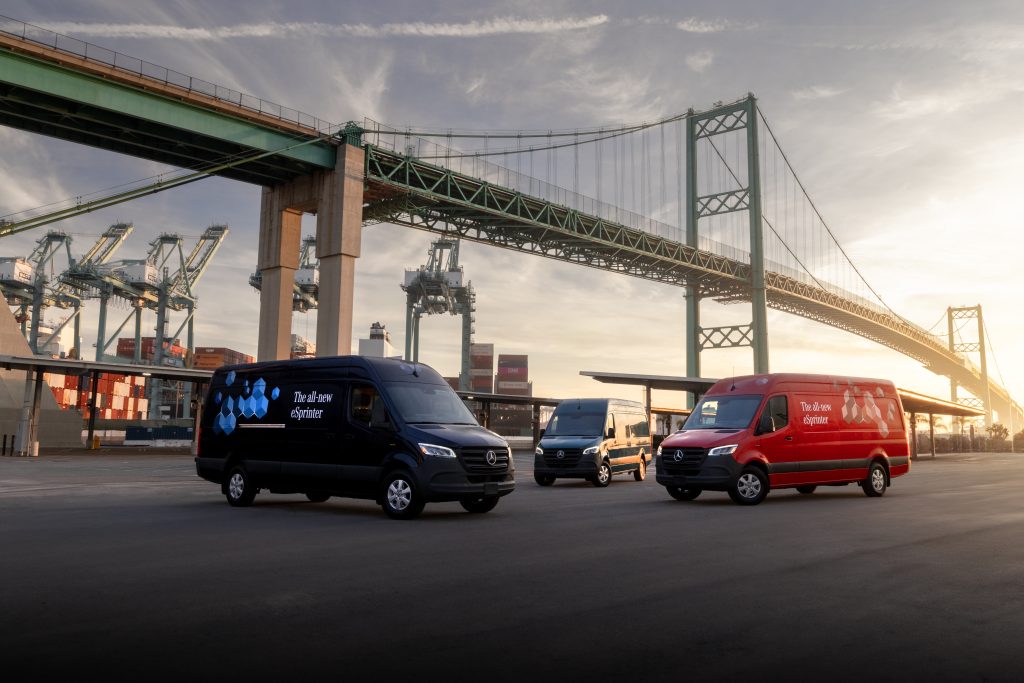




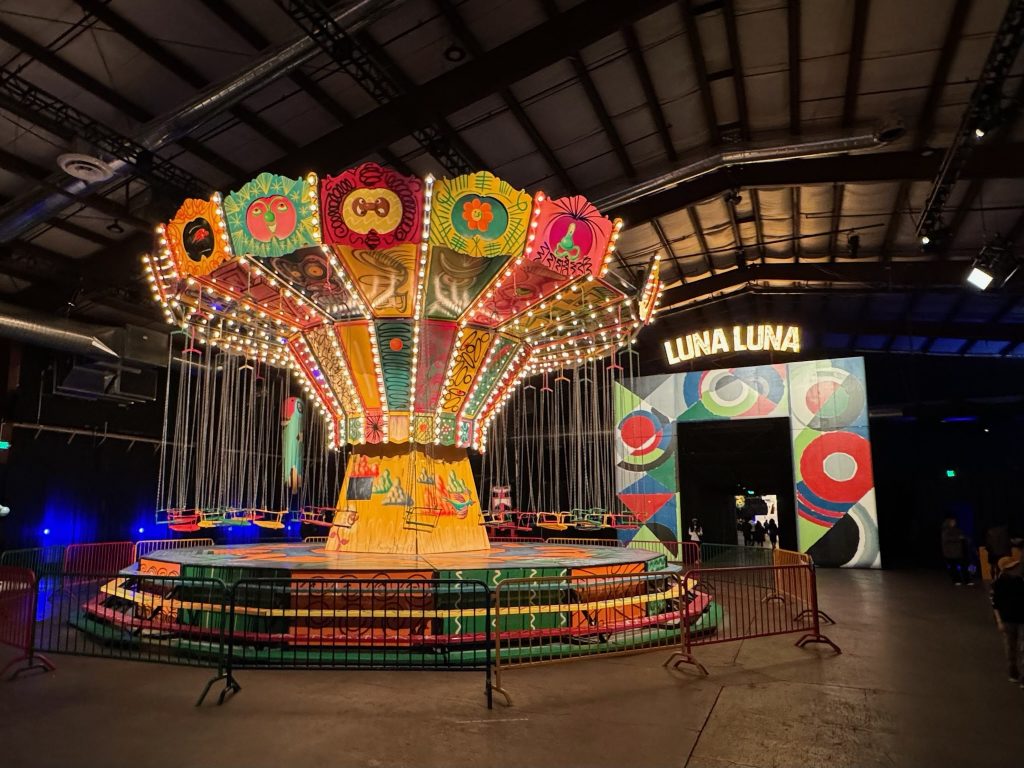
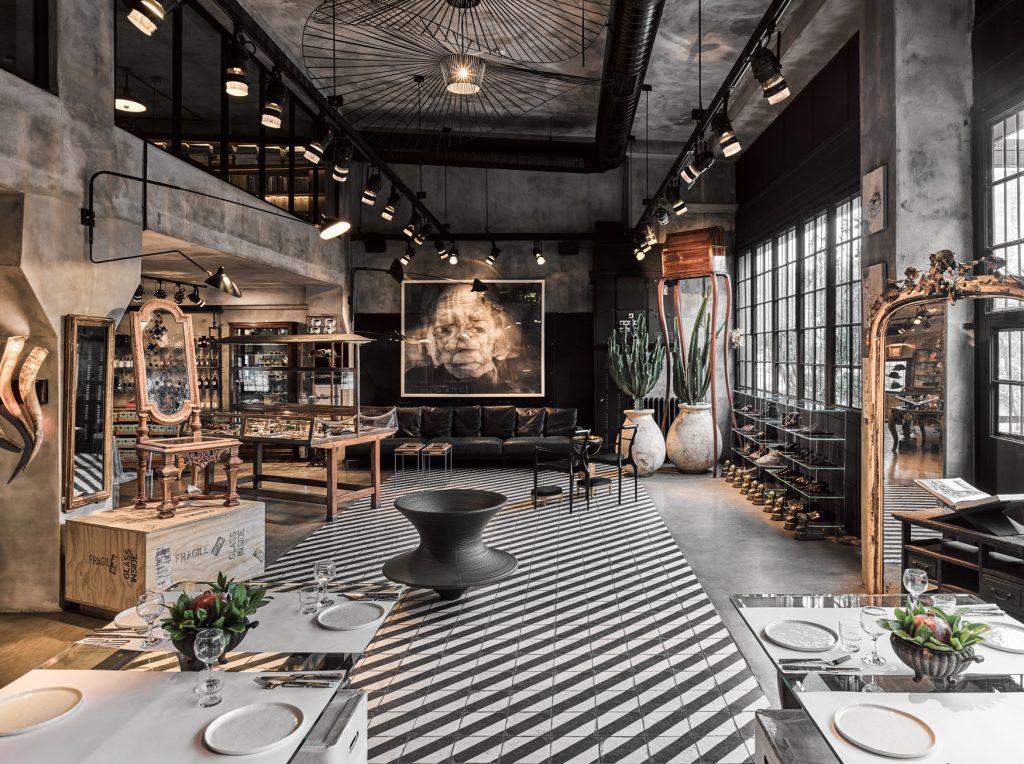

What are your thoughts?